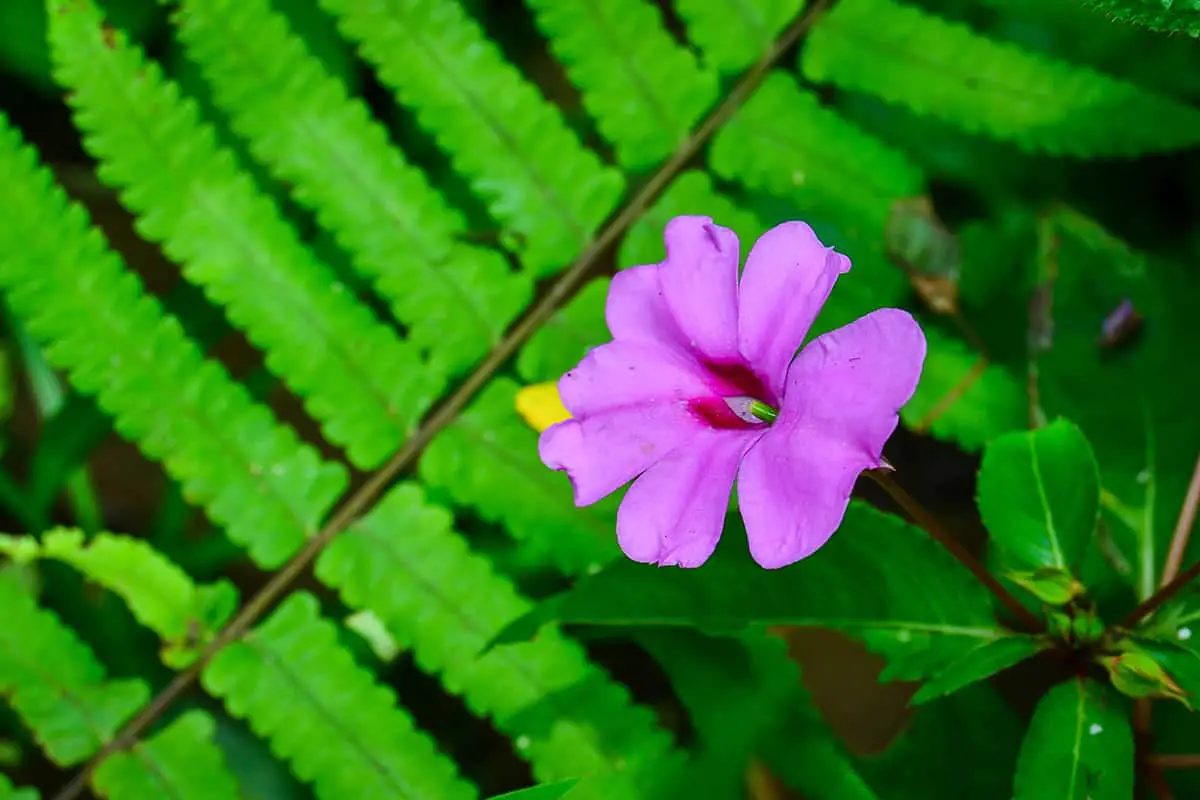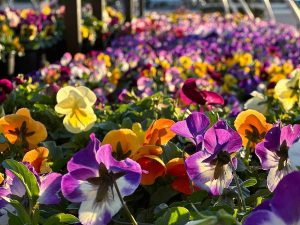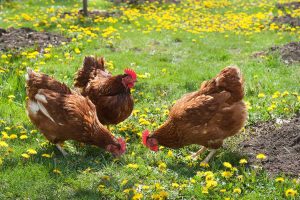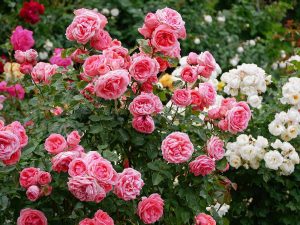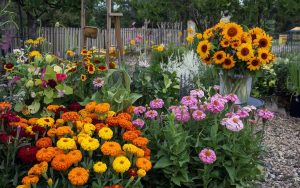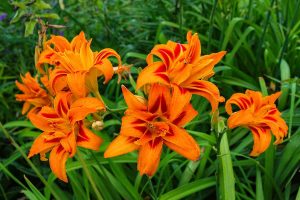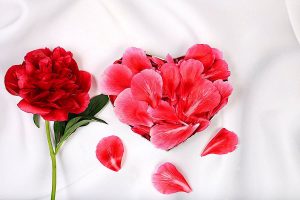Flowers are enjoyed by many people as a colorful, scented, beautiful addition to the landscape, home garden, or in the case of cut flowers, in a vase. Howeverthe intricate parts of a flower are not for the visual enjoyment of humans, but instead to ensure the survival of the species, because flowers are actually what a plant uses as a means of reproduction.
Here, we explore the different parts of a flower and explain what each part is for and how it works in conjunction with the other reproductive parts of a flower.
Table of Contents
Do All Plants Produce Flowers?
The vast majority of plants, trees, and shrubs on the planet do produce flowers as a means of reproduction, though not all do. Some types of plants, such as ferns and mosses, do not need flowers to reproduce, and instead they reproduce via spores. Other types of non-flowering plants, such as conifer trees, do reproduce via seeds.
However, it is not flowers that develop to produce these seeds. Instead, conifers produce cones which house the seeds, and these will disperse themselves in various ways once mature. There are many types of plants which you do not consider to be flowering, but in fact they simply produce flowers which are so tiny, fleeting, or insignificant, that they do not get noticed.
What is the Function of a Flower?
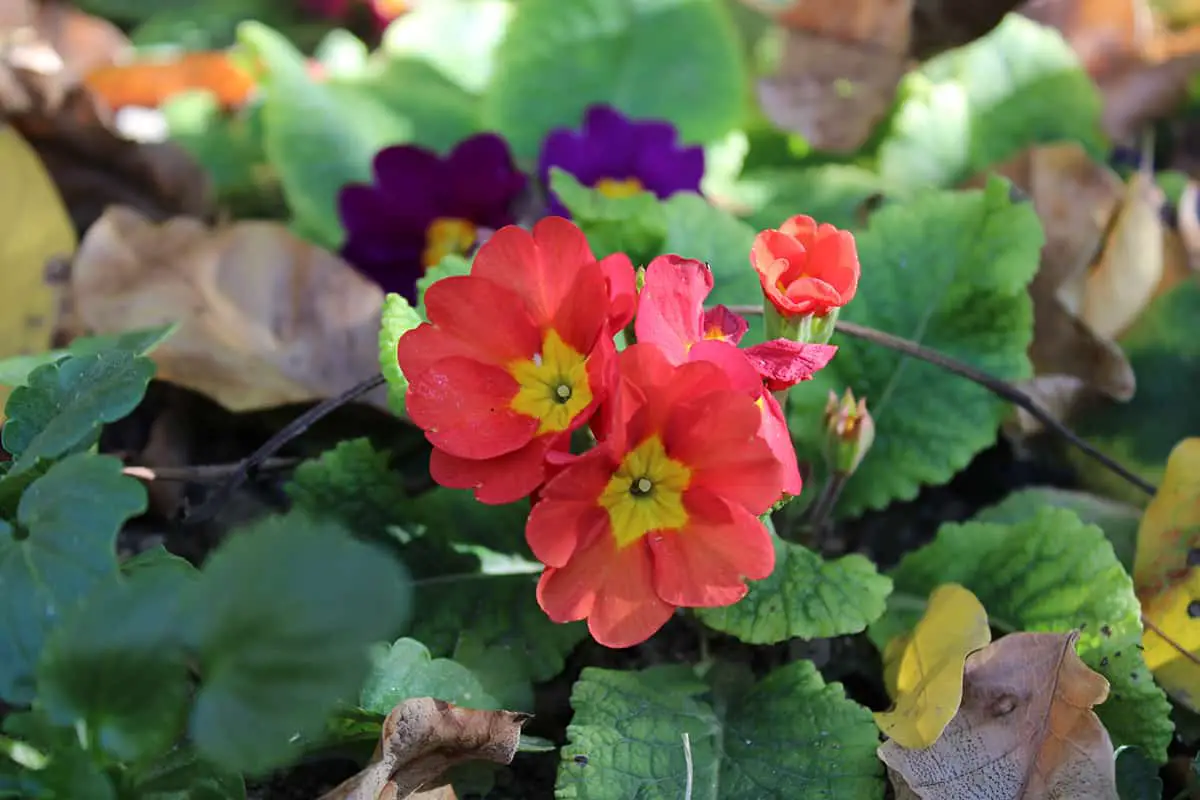
From a biological and scientific perspective, the function of a flower is to help a plant or tree reproduce. The flower, once fertilized, gives way to a fruit which will contain seed. The seed can then be used to grow a new plant, therefore ensuring the survival of the species. Although most types of plants produce flowers as a means of reproducing, not all plants will grow flowers. For example, ferns do not produce flowers because they instead reproduce using spores.
In the instance of plants that do produce flowers, their main function is to ensure reproduction. However, from the perspective of a gardener, the function of a flower is usually to bring beauty and color to the landscape. For many plants and trees, the flowers will be the most interesting aspect of the specimen, and in fact, many plants are grown specifically for the stunning flowers they produce just once a year.
There are also other ways that flowers can function to serve a variety of purposes. For example, we rely on flowers to produce nectar which is used by bees to produce honey, and it is also the main source of energy which bees use to survive.
Flowers also descend into fruits, which can be used in many ways. Different types of wildlife depend on wild fruits for sustenance to keep them alive, and as humans, we also grow plants and trees in order to consume their fruits.
Main Parts of a Flower
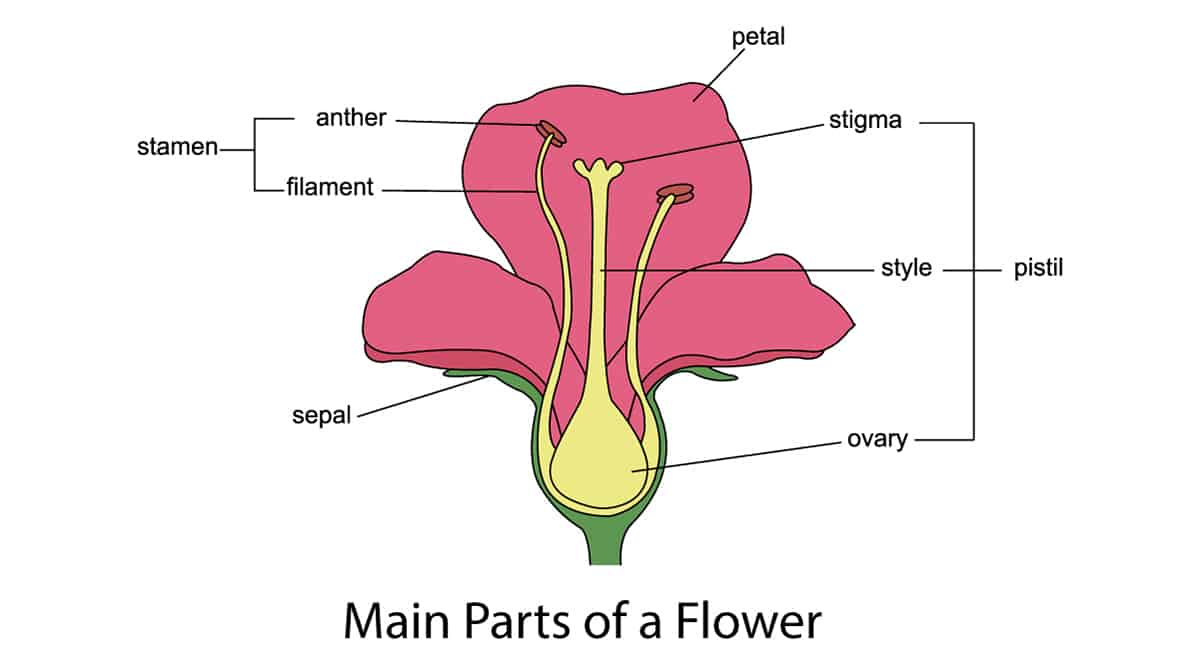
In terms of reproduction, which is, of course, what flowers are actually for, the main parts of the male and female parts which are used to aid in fertilizing the flower to ensure reproduction occurs. The male part of a flower is called the stamen, while the female part is called the pistil.
What is a Stamen?
The stamen is the male reproductive part of a flower. It is usually made up of a filament and an anther, and in many types of flowers such as roses, the amount of stamen in a single flower will be equal to the amount of petals. This is one of the ways that some species of flowers can be identified. In orchids, a flower will usually only have a single stamen.
The way that a stamen works will vary depending on the species of the plant, but their function is always the same. Stamen produce pollen, which will be transferred from the stamen to a stigma (on the female reproductive part of the flower).
This transfer of pollen is known as pollination and most frequently happens as a result of insects such as bees and butterflies moving between flowers. Some flowers can be self-pollinating and therefore insects aren’t required for pollination, and some people manually pollinate their flowers to increase the likelihood of fertilization
Anther
The anther is one of the male parts of the flower which sits at the top of the filament. Anthers are ordinarily yellow or gold in color, and they produce and carry the pollen of the flower, which is effectively the sperm of the plant.
The bright yellow color of the anther sacs helps to attract insects and other pollinators like hummingbirds, which come to enjoy the nectar and pollen and, at the same time, work to transfer pollen to the female parts of the plants as part of the reproductive process.
Filament
The filament of a flower is another male part, which functions as support for the anther. The filament is a fine, thread-like component of the stamen, which holds the anther up towards the opening end of the flower, where insects can access the pollen.
What is a Pistil?
The pistil is the name for the female reproductive part of a flower. It comprises a stigma, ovary, and style. The base of the pistil is the ovary, which houses seeds or ovules and usually appears slightly swollen. Extending up from the ovary is the style, which is essentially a type of stalk, which holds the uppermost part of the pistil; the stigma.
Like stamen, the amount of pistils in each flower will vary between species, and the type of pistils you see in a flower can help to distinguish it from other types of plants. For example, lilies typically house a single pistil in the center of the flower, while buttercups have numerous pistils.
Stigma
The stigma is the top part of a pistil, which is held at the end of the style. It usually has a slightly pronounced shape and a sticky surface, which helps to attract and keep pollen in place to be used for fertilization. Pollen will usually arrive on the stigma having been delivered by pollinators like birds, butterflies, or bats, but the stigma can also catch pollen which is blowing in the wind because of its sticky surface.
The process of pollination is complete when pollen is transferred from a stamen and received by the stigma. The stigma will then germinate the pollen, and a pollen tube will grow down through the style to deposit pollen, or sperm, with the ovary of the flower. This is when fertilization can occur.
Ovary
The ovary sits at the base of the pistil, and is usually a slightly bulbous or swollen shape. It contains the ovules which will be used in fertilization if the flower is pollinated. In a fertilized flower, the walls of the ovary will swell and come to form a main component of the following fruit.
In fleshy fruits such as plums, apricots, cherries, and peaches, the juicy and fleshy part of the fruit we eat is essentially a thickened ovary wall which has swelled as a result of fertilization.
Style
The style is the long and slender part of the pistil which connects the ovary at the base to the stigma at the top end. When the stigma receives pollen and germinates it, the tissue in the swell will accommodate a pollen tube that carries pollen or sperm down to the ovary of the flower, where fertilization can occur.
Non-Reproductive Parts of a Flower
For the purpose of the survival of the species, the reproductive parts of a flower are of utmost importance. However, there are other parts of a flower which don’t play a pivotal role in reproduction, though they are still significant parts of the flower.
Petals
The petals of a flower are the typically colorful structures that form a shape around the central reproductive parts of the flower. Petals can be thin and delicate, or thick and leathery, depending on the species. Some flowers will have just four or five petals, while some like the Persian Buttercup (Ranunculus sp.) can have as many as 100 petals on a single flower.
The petals are not technically a reproductive part of the flower, however they play a role in reproduction because they help to attract pollinators. The petals of a flower may be brightly colored or heavily scented, and these qualities are like flashing sirens to pollinators which tell them that there is an abundance of sweet nectar to be enjoyed on the plant.
The petals of a flower also serve the purpose of protecting the reproductive parts of the plant, so that they are less likely to get damaged by high winds, rainfall, or foot traffic.
Sepals
The sepal of a flower is the green leaf-like structures that envelop the petals of the flower before it has opened. The sepals will be one of the first indicators that a plant is about to bloom, because they will be closed tightly around the buds of the plant.
The job of the sepals is to protect the reproductive parts of the flower while they are still developing. Once the reproductive parts are mature, the sepals will open out to allow the flower to bloom.
